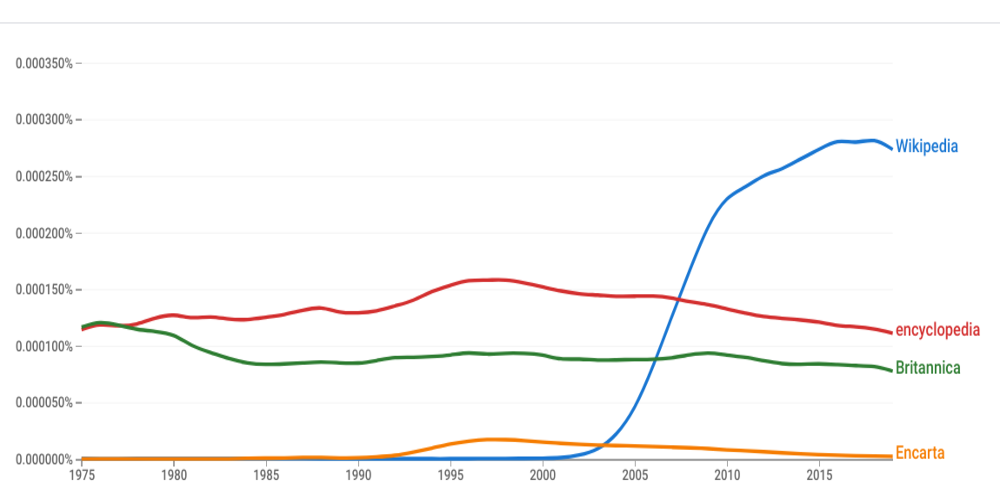Text analysis can be a very general term. It’s often used to describe computational tools that analyse text (Reardon, 2020). Though computational tools that analyse text in computational text analysis, or machine analysis, are prevalent, human text analysis has provided a fundamental basis. A comparison of the two, as well as a personal example of the use of text analysis tools, can assist in the understanding of why text analysis is so significant in the modern age.
Computational text analysis has become a far more widely used method of text analysis in the modern years. There are several benefits to computational text analysis. Using this technique, the root of a problem within both unstructured or structured data can be identified, trends and limits can be recognised, and digital experiences can be enhanced (Haije, 2019). In addition to these advantages, once the system behind the computational analysis has been trained to a sufficient level, the process becomes significantly efficient and quick (Haije, 2019).
In comparison to computational text analysis, human text analysis has been used in the past and is currently used either in addition to or to replace machine text analysis. The benefits to human text analysis include the ease of commencement. Once a topic and dictionary have been established, the reading and writing of annotations can begin almost immediately. In addition, the interpretations and capabilities of humans have been trained and influenced during our every-day life by all the encounters we experience. Humans also have the benefit of being able to interpret anomalies with a higher success rate, such as irony (Wonderflow, 2019).
Though human text analysis does display some benefits, there are also many limitations that make computational analysis more easily accessible in the modern age. Consistency is often lacking in human text analysis, especially without repeating the process, as humans often evaluate things differently based on their mood (Wonderflow, 2019). Human memory can also present a constraint on the competence and speed of human text analysis. Text analysis often involves many firm definitions and parameters, the ability to remember these terms can hinder the process (Wonderflow, 2019).. Additionally, in comparison to computational text analysis, human text analysis can be a slow method due to manual input.
With the benefits and limitations of computational and human text analysis in mind, I chose to document my own experiences with text analysis. Google Ngram Viewer is a tool that can be used to analyse terms used in literature and its relevance over time. I used this site to research the terms “anxiety” and “depression” over the years of 1800-2019. While the results showed a general increase, there was a peak in the use of the word “depression” in the 1930s. After the realisation that this was not related to mental health, and was instead referencing the Great Depression, one of Google Ngram’s complications became clear: context is not taken into account when analysing words. In addition, since Google Ngrams only documents written texts, much of the material from the world is unable to be assessed.
There are many tools on the internet that can provide basic computational text analysis. These instruments can be web-based applications, like voyant, or python-based, like Mallet. Either way, there are many ways to begin text analysis processes, and even more ways to enhance them.
References
Haije, E. G. (2019). What is Text Analytics? And why should I care? Retrieved May 23, 2022, from https://mopinion.com/what-is-text-analytics-benefits/
Reardon, J. (2020). “Text Analysis: An Overview”. METODHOLOGY. Retrieved May 23, 2022, from https://metodhology.anu.edu.au/index.php/content/text-analysis/
Wonderflow. (2019). What are the pros and cons of human text analysis – Part 2. Retrieved May 23, 2022, from https://www.wonderflow.ai/blog/what-are-the-pros-and-cons-of-human-text-analysis-part-2

